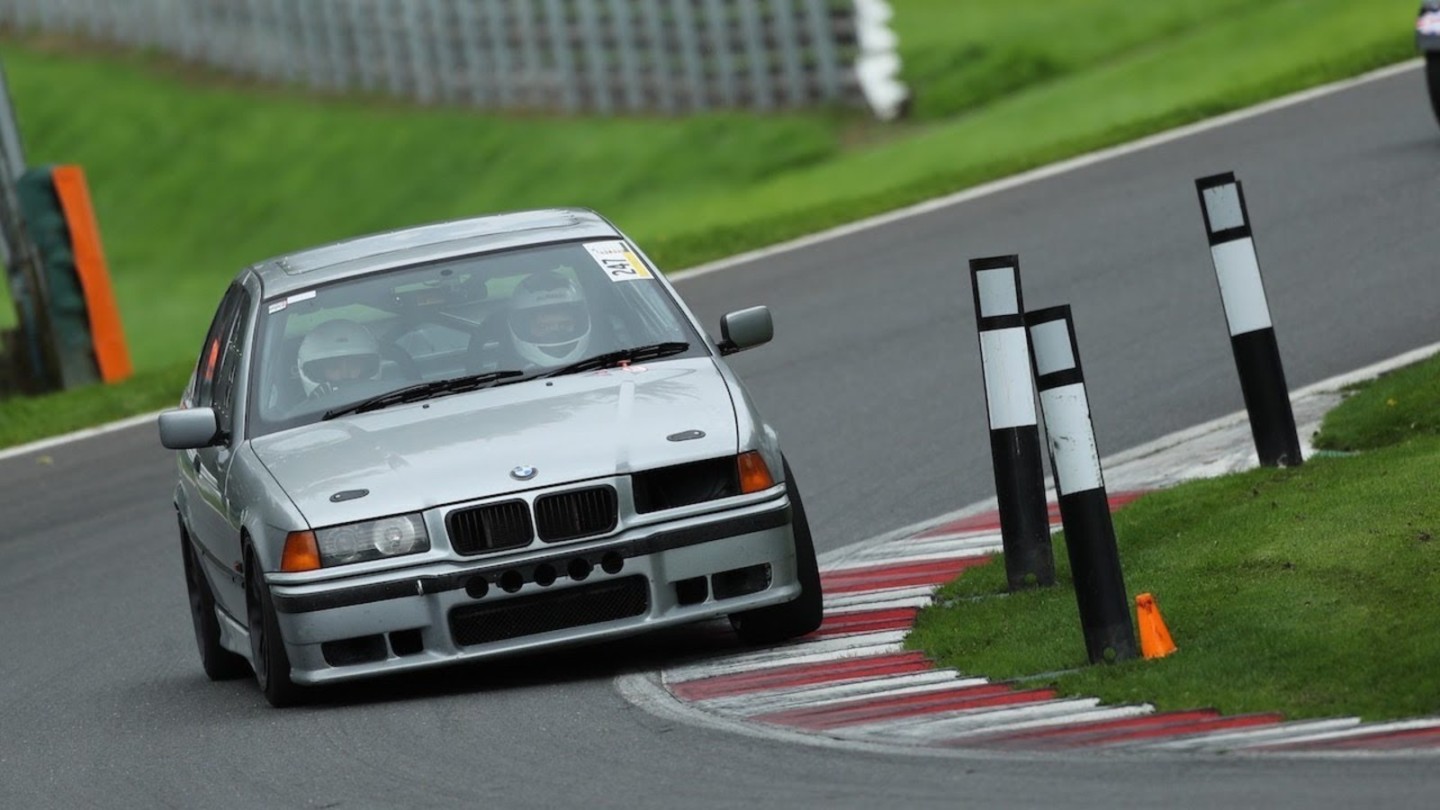The torque of turbocharged engines and the control of naturally aspirated engines are both hugely exciting. While comparing and contrasting both forms of induction is a great way to whittle away the time, it’s only theory. When a real comparison happens, it’s often hard to fairly contrast them since there are so many other variables to consider. In order to see exactly how a turbocharged engine differs from a normally-aspirated engine on track, we need a controlled experiment.
Fortunately, we have ourselves a duel between track-built BMW E36s with identical chassis setups. The only major difference between the two are their form of induction. Both make similar power, both weigh roughly the same, and most importantly, both drivers are able to drive their cars hard. We’re in for two battles that are as inspiring as they are informative.
Minimizing Variables and M-Series Motors
The control chassis, the BMW E36, needs little help to find its inner Olympian athlete. To sharpen their respective edges a bit, both these cars run HSD MonoPro coilovers, 12kg/mm linear rear springs, roll center-corrected front hubs, and 17×9-inch Team Dynamics Pro Race 1.2 wheels wrapped in 255/40 Federal RS-R rubber. Both are stripped to the bone, though the engines and their ancillaries change the weight over the nose slightly.
In the case of Jordan’s normally aspirated engine, the setup is simple. Take a garden-variety M50B25 block and fit it with an M54B30’s crank, pistons, and connecting rods; then add 45mm Jenvey individual throttle bodies, an M52 head and valvetrain; S52B30 camshafts; Bosch EV6 280cc injectors; and an Adaptronic standalone engine management system. The result is immediate response, a predictable delivery, 300 horsepower, and 280 lb-ft of torque.

The naturally aspirated car’s nose lighter without the turbo bits, which seems to help with turn-in. Photo credit: f0xy
For a turbo motor, Chris’ engine is pretty modest. The M52B28 motor is strengthened with a Cometic MLS gasket and K64 head studs, then by a twin-scroll Garrett GT3076R turbocharger. The twin-scroll K64 manifold and 50mm external wastegate make boost manageable. A 3-inch exhaust, Siemens Deka 630cc injectors, and a modest tune on the Adaptronic standalone brings power up to 346 horsepower and 324 lb-ft of torque on 7 pounds of boost.
The Difference on Track
The naturally aspirated car, from which the lead video is shot, has a few things going for it. At 2,550 pounds, it’s 90 pounds lighter than the turbo car.
Additionally, the naturally aspirated power is more easily modulated. At a wet Oulton Park, little snaps can put one in the grass if they’re not caught immediately (1:30). The surge of mid-range power is something the turbocharged E36 (seen in the rearview overlay) has to be wary of—especially in damp conditions.
Predictably, the atmospheric car is consistently faster from apex to exit, especially if the corner is long and requires delicate throttle manipulation, and Jordan’s aggressive style and wonderful car control allow him to slide comfortably in the wet. In slower corners, the difference is negligible. However, during a rematch at a dry Anglesey Circuit two months later (below), Chris’ has found some pace.
Now we’re viewing the battle from the turbo car’s cabin. Chris’ silky smooth style helps him balance the car through faster corners, where he can countersteer slightly and match the naturally aspirated car ahead (3:14 above) in exit speed. His measured style—as well as the torque and traction available—also means he dominates slow bends.
Here, the difference between these two is minimized due to the faster, dryer track, but Jordan’s confidence helps eke out a gap through Anglesey’s scariest sections. Although, sometimes too much self-belief ends in a mess, and Jordan’s chutzpah takes him on a spectacular agricultural trip (2:38 below). What a way to end a stellar battle between these two talented men!
Time to start searching for an E36.





















